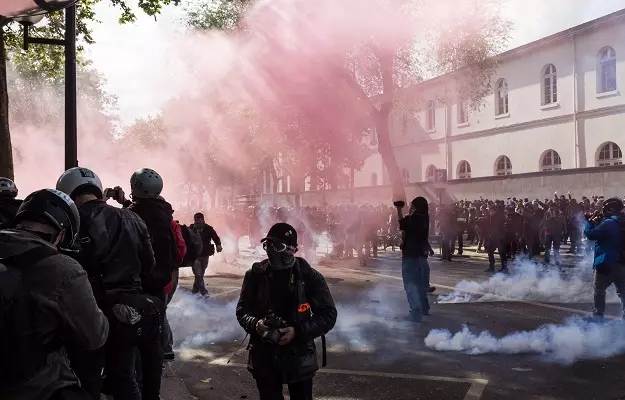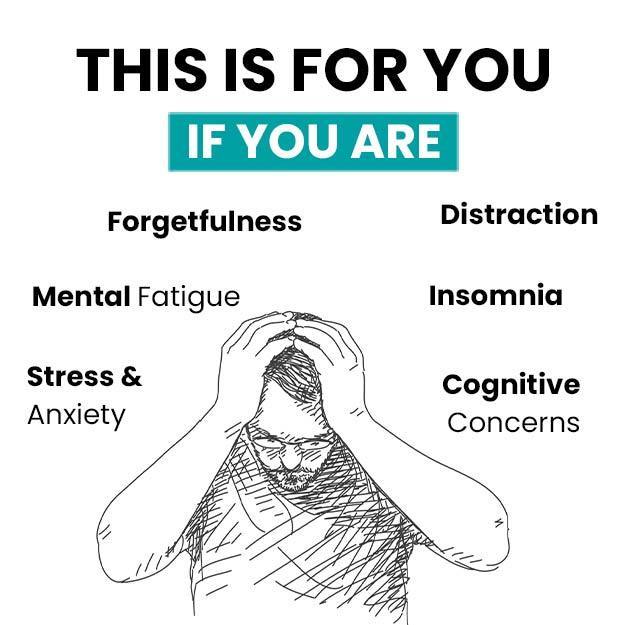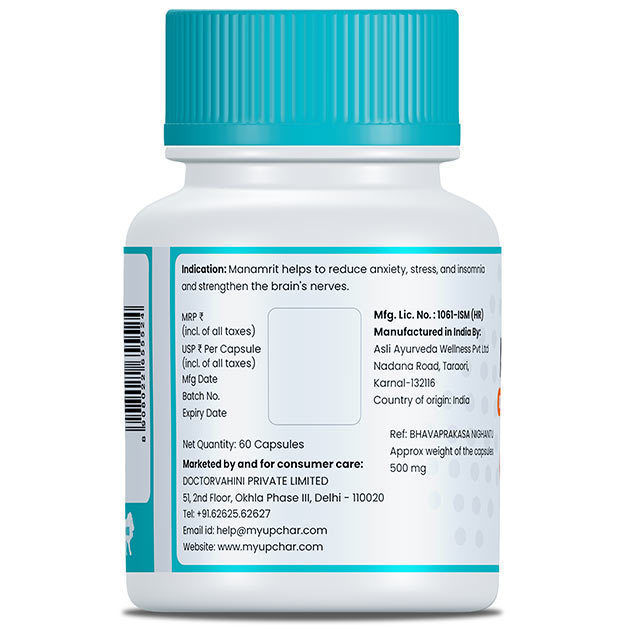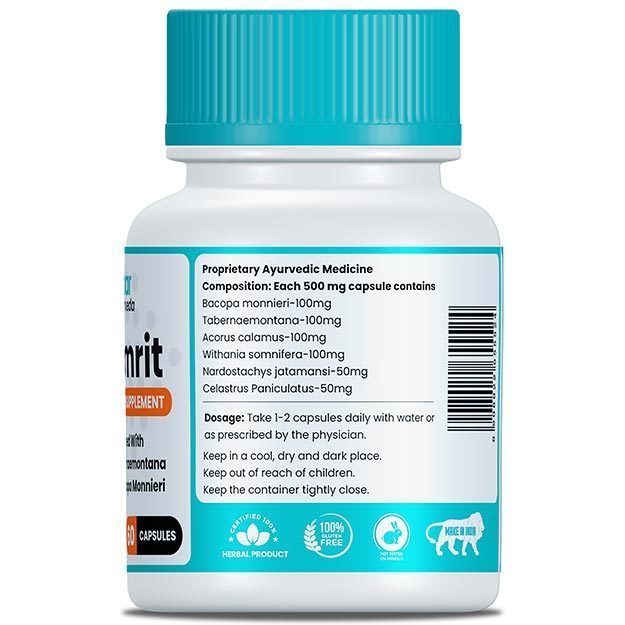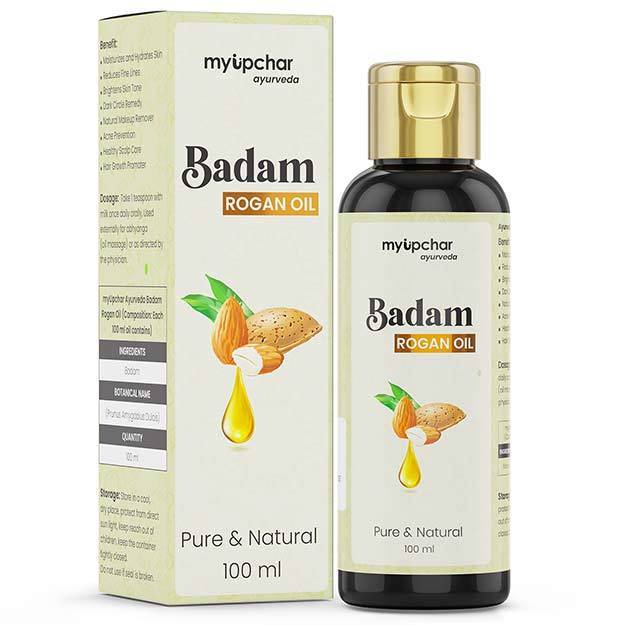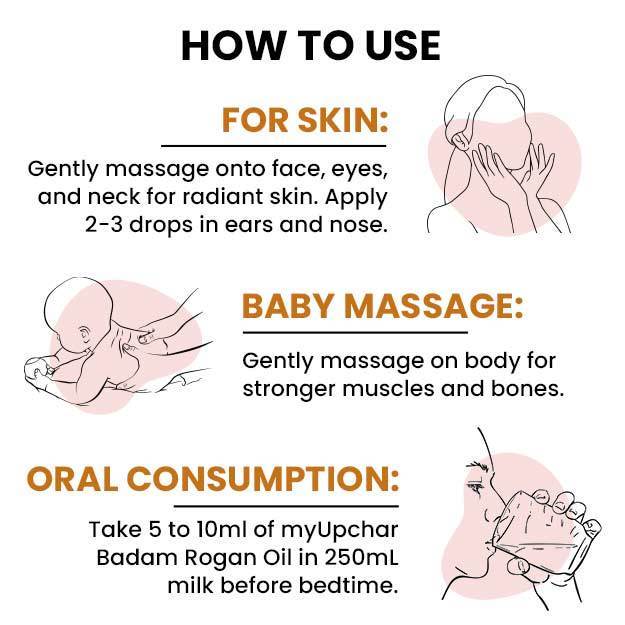Tear gas is most often used by law enforcement to contain protesting crowds. Also known as CS gas, tear gas causes a temporary sensation of burning eyes, tearing, coughing and incapacitation. It is intended to be a non-lethal method of crowd control without resorting to ammunition.
Tear gas is usually released from a canister and spreads in the form of an aerosol. The mechanism is similar to that of a grenade. It can also be fired from a gun.

